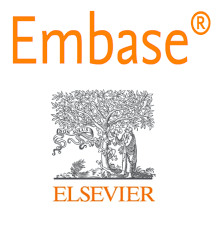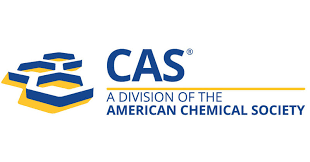Methicillin- and Inducible Clindamycin-Resistant Staphylococcus aureus among Patients with Wound Infection Attending a tertiary care centre in Maharashtra
Keywords:
MRSA, Clindamycin Resistance, Wound InfectionAbstract
Background. Wound infection is one of the most common hospital-acquired
infections. Different bacteria cause infection, of which Staphylococcus aureus is one
of the known bacteria in causing infection with increased drug-resistant isolates.
Objective. To assess the prevalence and antimicrobial susceptibility pattern of
methicillin and inducible clindamycin-resistant Staphylococcus
aureusamongpatientswithwoundinfectionsattending a tertiary care centre in
maharashtra.Methods.Afacility-basedcross-sectionalstudywas conducted from April
to June 2017. A pretested questionnaire was used to collect demographic data and
clinical characteristics. Wound swabs were cultured and identified by standard
techniques. Antibiotic susceptibility tests were performed by the Kirby–
Bauerdiscdiffusionmethod.Methicillinresistancewasdetectedusingthecefoxitin(30μg)a
ntibioticdiscwhileinducible clindamycinresistancewasdetectedbytheDzonetest.ThedatawereanalyzedusingStatistical
PackageforSocialScience,versionpvalue<
0.05wasconsideredstatisticallysignificant.Results.Atotalof161patientswereenrolledanda
majorityofthemwere
female(90,50.9%).Amongthecollectedsamples,79(49.7%)werepositiveforS.aureus;oft
his,methicillinresistanceaccounted for 65 (82.3%). Out of 22 (27.8%) erythromycinresistant isolates, 19 (24.1%) showed inducible clindamycin resistance. Methicillinresistant
S.aureusshowedhigherresistanceagainsttetracycline(72.3%)followedbycotrimoxazole(4
3.1%)and100%
sensitivitytovancomycin.Theoverallprevalenceofinducibleclindamycinresistanceamo
ngmethicillin-resistantisolateswas16 (24.6%). Conclusion. The increasing
prevalence of methicillin-resistant S. aureus and the coresistance against other
therapeutic
optionslikeclindamycinisbecominganobstacleinthetreatmentofinfectionswhichneedatt
entionfromconcernedbodie
.png)









